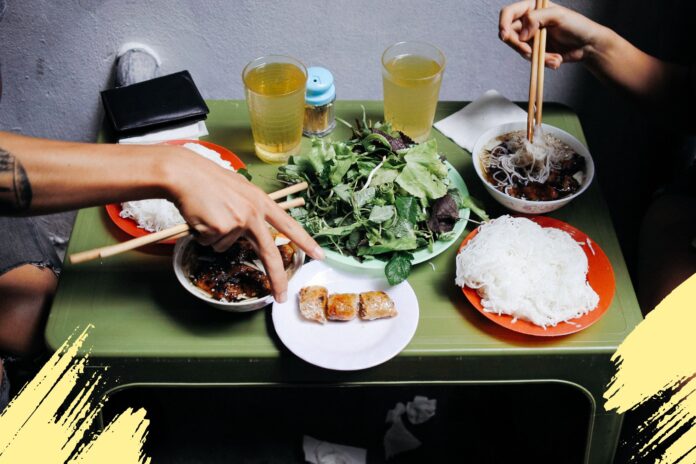So you’ve finally booked it – that dream African safari you’ve been scrolling past on Instagram for years. You can already picture yourself sipping sundowners whilst elephants lumber past your luxury lodge, or gasping as a leopard emerges from the golden grass at sunset. But here’s the thing: before you start frantically stuffing every khaki and beige item from your wardrobe into a suitcase, take a breath. Packing for an African safari isn’t just about looking the part – it’s about surviving and thriving in one of the world’s most spectacular yet challenging environments.
From the Serengeti’s endless plains where temperatures can swing 40 degrees between sunrise and noon, to Botswana’s Okavango Delta where you might find yourself ankle-deep in marsh one moment and dust-covered the next, this continent demands respect and the right kit. Whether you’re a safari newbie clutching your first pair of binoculars or a seasoned traveller planning luxury African safari tours across the continent, getting your packing strategy right isn’t just sensible, it’s essential. Here’s our essential guide on what to pack for an African Safari…
Safari Clothing & Colour Guidelines
Let’s address the elephant in the room (pun intended): yes, you really do need to dress like you’re auditioning for a remake Out of Africa. While it might seem cliché, those earth-toned clothes actually serve a crucial purpose. Neutral earth tones, creams, and greens are particularly practical for the African climate, as these lighter colours reflect rather than absorb heat, helping to keep you cooler during scorching midday temperatures. They also blend naturally with the savanna environment, making you less conspicuous to wildlife and allow for better viewing opportunities without causing disturbance.


When choosing your safari wardrobe, steer clear of certain colours and patterns that can cause problems. Military-style camouflage should be avoided entirely, as it can be problematic in some African countries where such patterns are restricted to armed forces. Skip bright fluorescent colours that can startle wildlife, as well as dark colours, metallic fabrics, and blue shades – these tend to attract tsetse flies, which are not only annoying but can carry sleeping sickness in certain regions.
Pack lightweight, long-sleeved shirts and trousers that you can layer as needed. Look for fabrics with built-in sun protection (UPF ratings are your friend), and skip cotton if you can as it holds moisture and takes ages to dry. Synthetic blends or merino wool will serve you much better when you’re dealing with everything from morning dew to afternoon thunderstorms.
Top tip: Safari lodges typically offer laundry service, so don’t pack like you’re emigrating permanently. A week’s worth of versatile pieces that mix and match will do you just fine.
Wide-Brimmed Hat & Quality Sunglasses
The African sun is relentless and shade can be scarce on the open savanna. A wide-brimmed hat provides crucial protection for your face, neck, and ears during long game drives. Choose one with a chin strap – there’s nothing worse than watching your hat blow away across the plains while a pride of lions looks on disapprovingly, well actually…
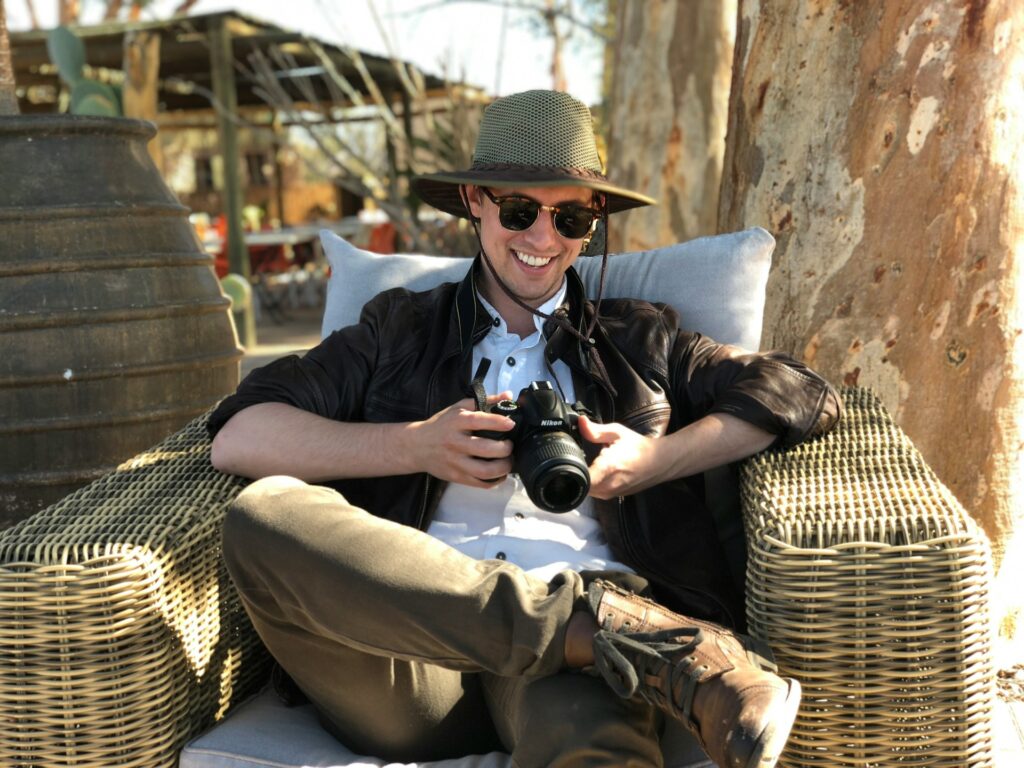
As for sunglasses, invest in quality polarised lenses with 100% UV protection. You’ll be scanning horizons for hours, dealing with glare from vehicles ahead of you, and squinting into the distance trying to spot that leopard everyone’s banging on about. Your eyes will thank you, and you’ll actually be able to see what you came all this way for.
Sturdy Walking Boots & Comfortable Shoes
Here’s something they don’t tell you in the glossy brochures: safari isn’t all about lounging in air-conditioned vehicles. You’ll be walking on uneven terrain, navigating rocky paths to viewpoints, and possibly doing actual bush walks where a twisted ankle could seriously complicate your day.
Bring a pair of proper, broken-in hiking boots that cover your ankles. We’re talking about protection from thorns that seem designed by nature to shred fabric, snakes that don’t appreciate surprise encounters, and insects that see exposed skin as an all-you-can-eat buffet. Your boots should be comfortable enough for long walks but sturdy enough to handle whatever the African bush throws at you.
Pack comfortable closed-toe shoes for evening wear at lodges. Many have dress codes for dinner, and you’ll want something more refined than hiking boots. Give sandals and open-toed shoes a miss entirely for daytime activities. The dust alone will make you regret that choice, never mind the safety issues.
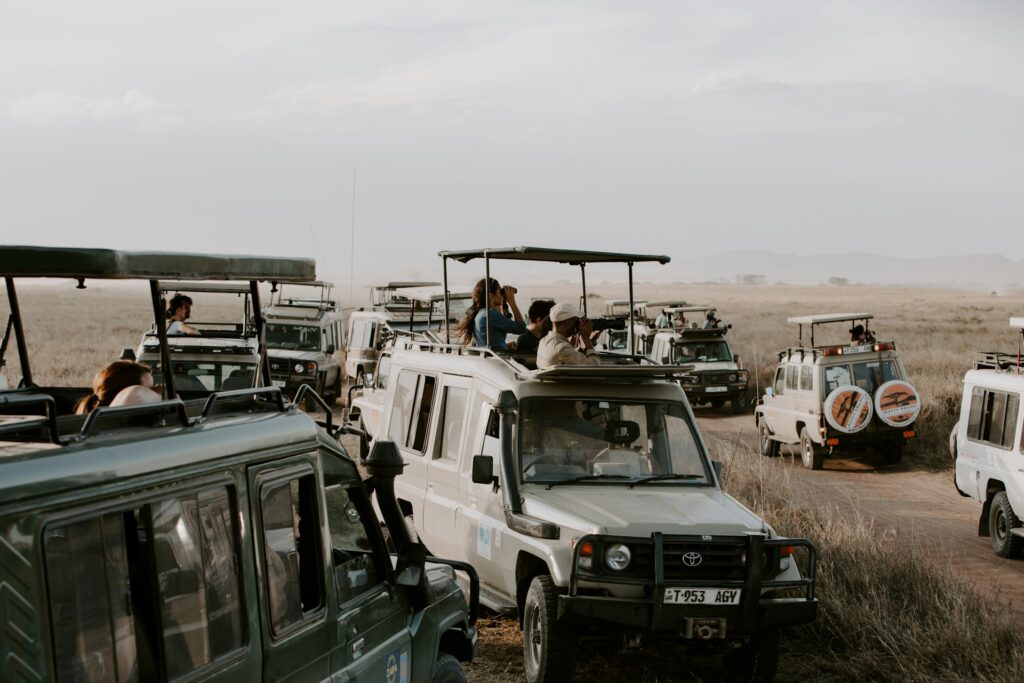
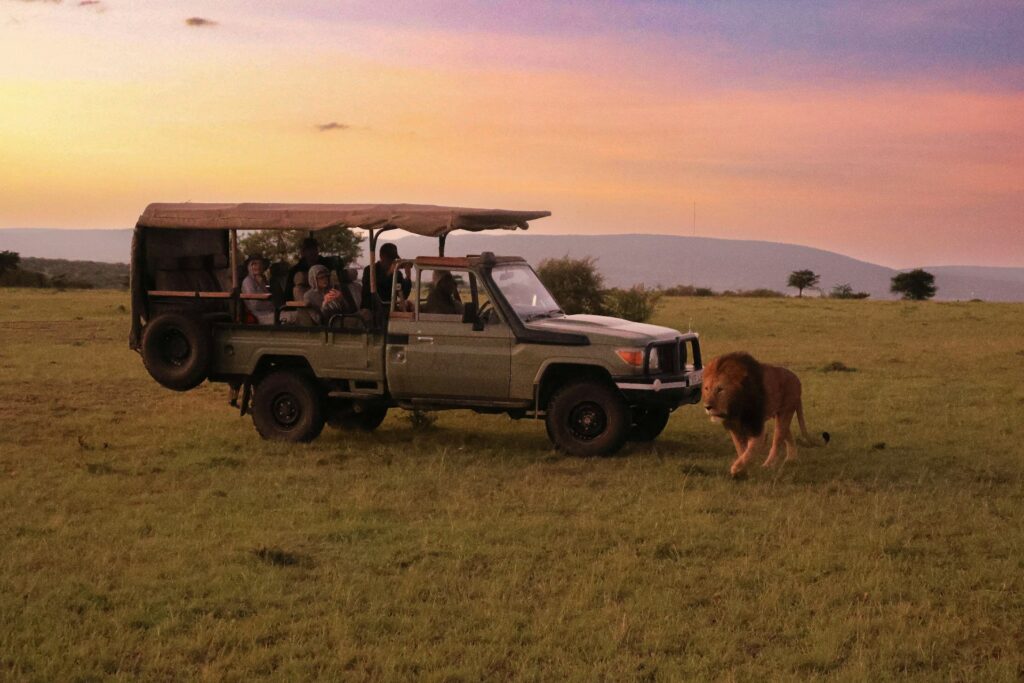
Powerful Insect Repellent
African mosquitoes are not to be trifled with, carrying diseases like malaria, dengue fever, and yellow fever. This isn’t the time to rely on that lavender-scented natural repellent you ordered from Amazon.
You need the serious stuff: DEET-based repellent with a 20-30% concentration. Apply it religiously, especially during dawn and dusk game drives, which happen to coincide perfectly with both prime wildlife viewing and peak mosquito activity. It’s one of those cruel ironies of safari life.
Don’t skip the antimalarial medication consultation with your GP. Some areas require it, and some medications need to be started weeks before travel. Consider packing permethrin-treated clothing or treating your safari gear yourself for an extra layer of protection that lasts through multiple washes.
Read: 9 of the key places to plan your safari in Tanzania around
High SPF Sunscreen
The combination of altitude, reflection off pale-coloured ground, and proximity to the equator makes the African sun a formidable opponent. We’re talking SPF 50 minimum, broad-spectrum protection, applied generously and frequently.
Don’t forget the spots everyone misses: ears, back of the neck, hands, and that little patch where your hair parts. Many people focus on the obvious areas and end up with painful burns in unexpected places. Water-resistant formulas work best since you’ll be sweating in the heat and potentially caught in sudden rain showers.
And here’s something crucial that often gets overlooked: pack a high-SPF lip balm. Your lips are particularly vulnerable in the dry African air and intense sun, and the constant dust and wind can make chapped lips absolutely miserable. Look for SPF 30 or higher and reapply throughout the day.
Binoculars
A good pair of binoculars transforms your safari experience from merely seeing wildlife to truly observing it. You’ll spot details impossible to see with the naked eye – the intricate patterns on a leopard’s coat, the expressive eyes of a distant elephant, or birds perched high in acacia trees.
Look for 8×32 or 10×42 binoculars for the best balance of magnification and stability. Anything more powerful becomes nearly impossible to hold steady in a bouncing safari vehicle. Many lodges provide binoculars, but having your own means they’re always available and properly adjusted for your eyesight.
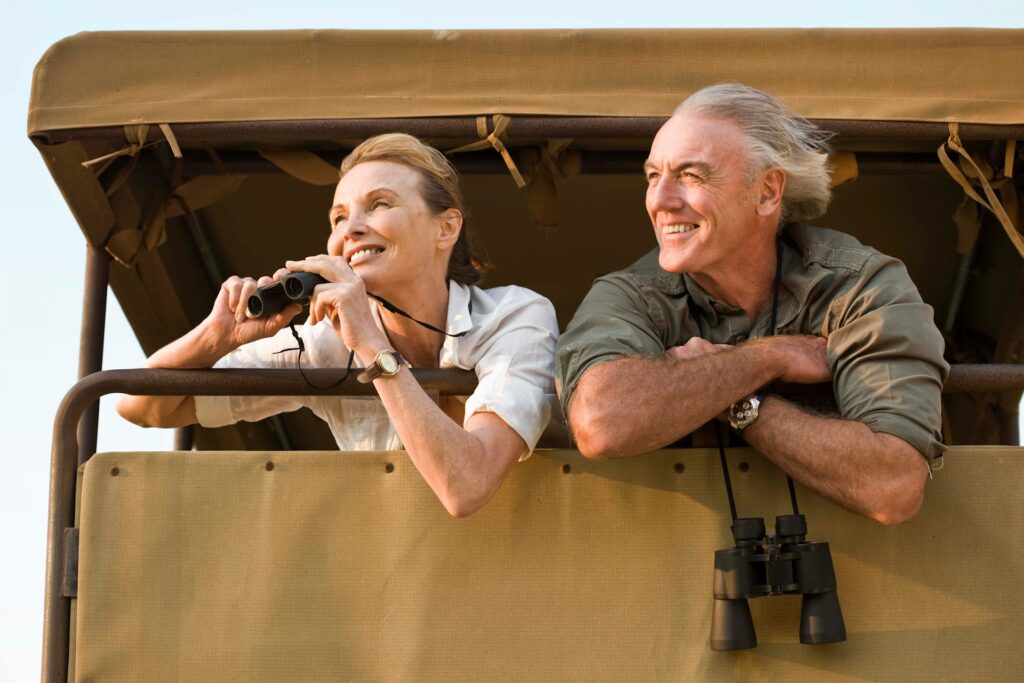
Camera Equipment & Extra Batteries
Safari photography is its own challenge entirely. You’re dealing with subjects that won’t pose on command, constantly changing light conditions, enormous distances, and enough dust to coat everything you own in a fine layer of grit.
If photography is important to you, consider a camera with a telephoto lens in the 200-400mm range. For everyone else, modern smartphone cameras can capture stunning images, especially with additional lens attachments. The key is being prepared for the technical challenges: pack extra batteries (loads of them), memory cards, and portable power banks since charging opportunities can be limited at remote camps.
Don’t forget lens cleaning supplies as dust is the enemy of camera equipment. Pack lens cloths, a blower brush, and lens cleaning solution, and use them regularly.
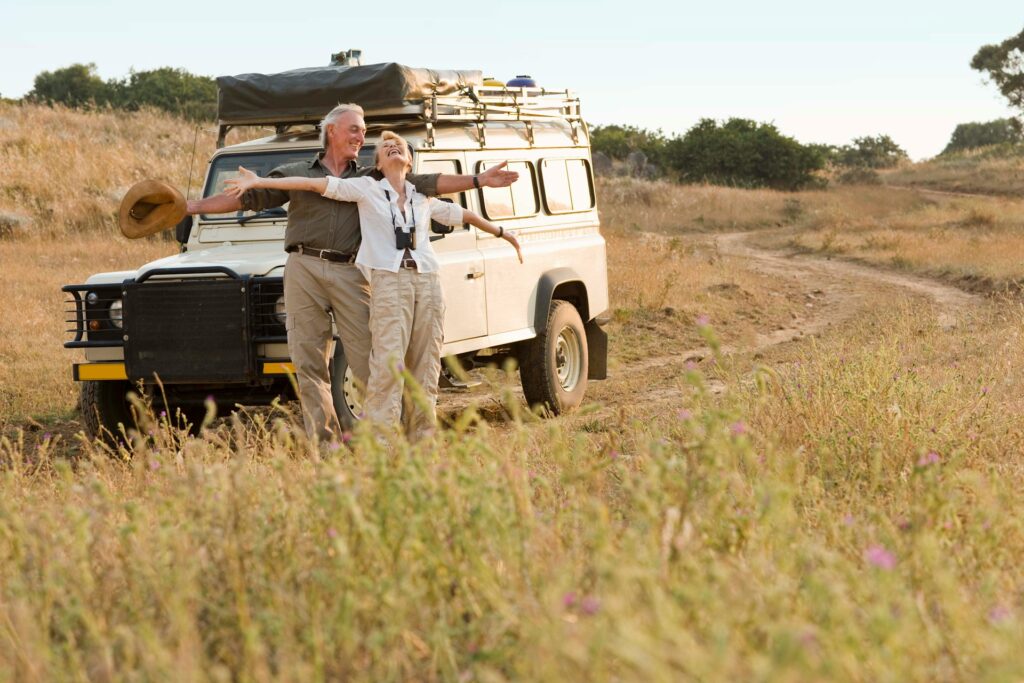
A Reliable Day Bag
A sturdy day bag is your constant companion on safari, carrying all the essentials you’ll need during long game drives and bush walks. It needs to be large enough for your camera, binoculars, water bottle, snacks, and personal items, but not so large that it becomes a nuisance in cramped safari vehicles.
Look for multiple compartments to keep things organised. Indeed, there’s nothing more frustrating than frantically digging for your camera whilst a cheetah saunters past. Padded dividers are essential if you’re carrying expensive camera gear, protecting it from the constant vibration of rough roads.
Water-resistant materials and dust-proof zippers are non-negotiable. African dust is legendary for finding its way into everything, and sudden tropical downpours can appear without warning. A crossbody design or secure chest strap keeps your bag stable and your hands free for binoculars and cameras. And yes, stick with neutral colours as even your bag should blend into the environment.
Warm Layering Essentials
Here’s something that surprises every first-time safari-goer: Africa can be absolutely freezing. Those romantic dawn game drives often start in near-freezing temperatures, and evenings can be surprisingly chilly once that blazing sun disappears.
Pack a warm fleece or down jacket for those pre-dawn starts when you’re sitting in an open vehicle watching the sun paint the savanna gold. A lightweight fleece is particularly clever as it provides excellent insulation whilst packing down small and travelling light.
Don’t underestimate the value of a lightweight scarf. It’s perfect for protecting your neck from cold morning winds during open-vehicle drives and can be quickly stowed as temperatures rise. It’s also brilliant for draping over your shoulders during those romantic alfresco dinners at safari lodges, providing a barrier against evening insects and cool breezes.
A lightweight rain jacket serves double duty, protecting against both unexpected showers and early morning chill.
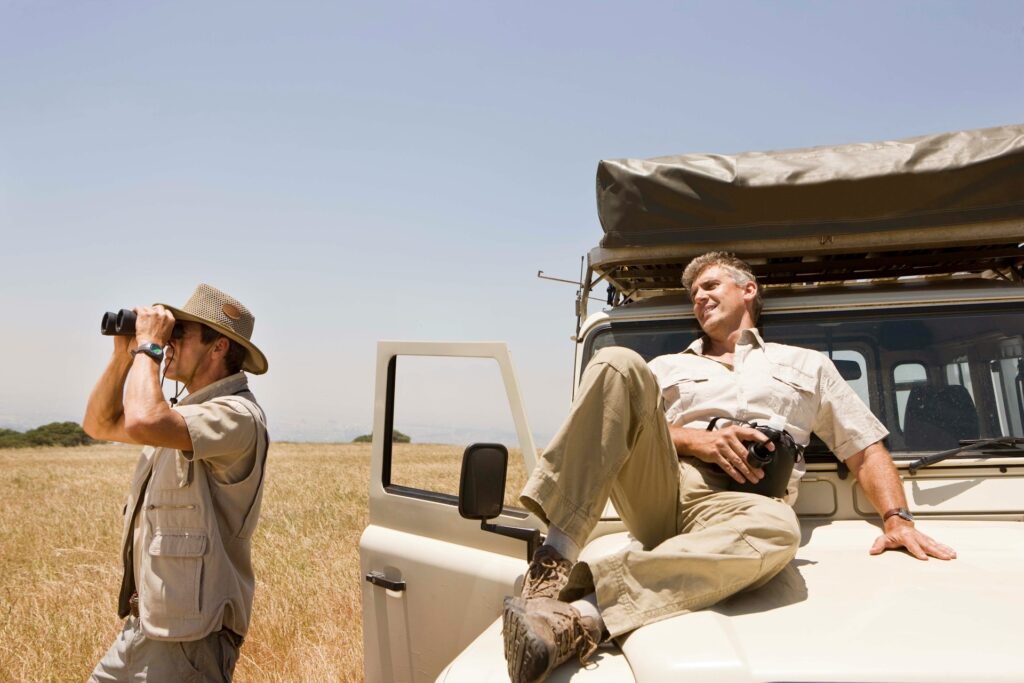
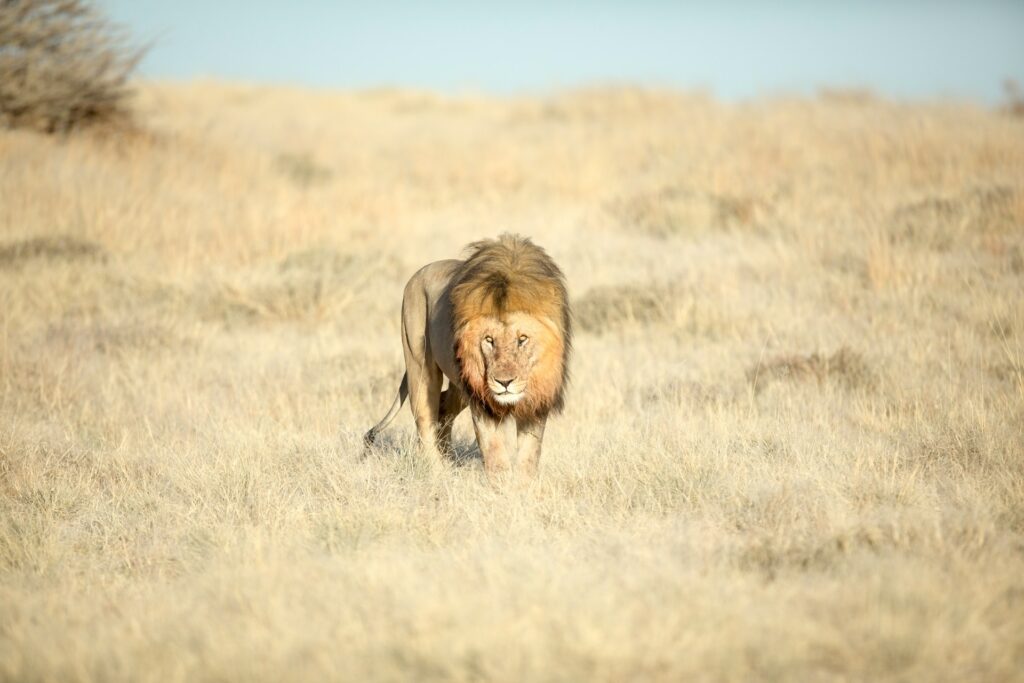
Leg Gaiters
This is one of those items that seasoned safari-goers swear by and newcomers often overlook entirely. Leg gaiters wrap around your lower legs and boot tops, creating a protective barrier against the surprisingly aggressive African vegetation. Wait-a-bit thorns seem specifically designed to snag clothing and skin, whilst grass seeds have an annoying ability to work their way into socks and boots. Quality gaiters prevent these irritations and keep you comfortable during bush walks or when exploring around camp. Choose lightweight, breathable gaiters that extend from ankle to just below the knee, with sturdy zippers or Velcro closures and reinforced bottoms that can handle contact with rough terrain.
First Aid Essentials
When you’re hours away from the nearest medical facility, a well-stocked first aid kit isn’t just sensible, it’s essential. Include the basics: plasters, antiseptic wipes, painkillers, and anti-diarrhoeal medication, along with any prescription medications you regularly take.
If you’re visiting high-altitude areas like Kenya’s Maasai Mara, pack altitude sickness medication. Rehydration salts are crucial for dealing with heat exhaustion or stomach upsets. Don’t forget personal medications like EpiPens or inhalers, and bring extra supplies in case of delays or lost luggage.
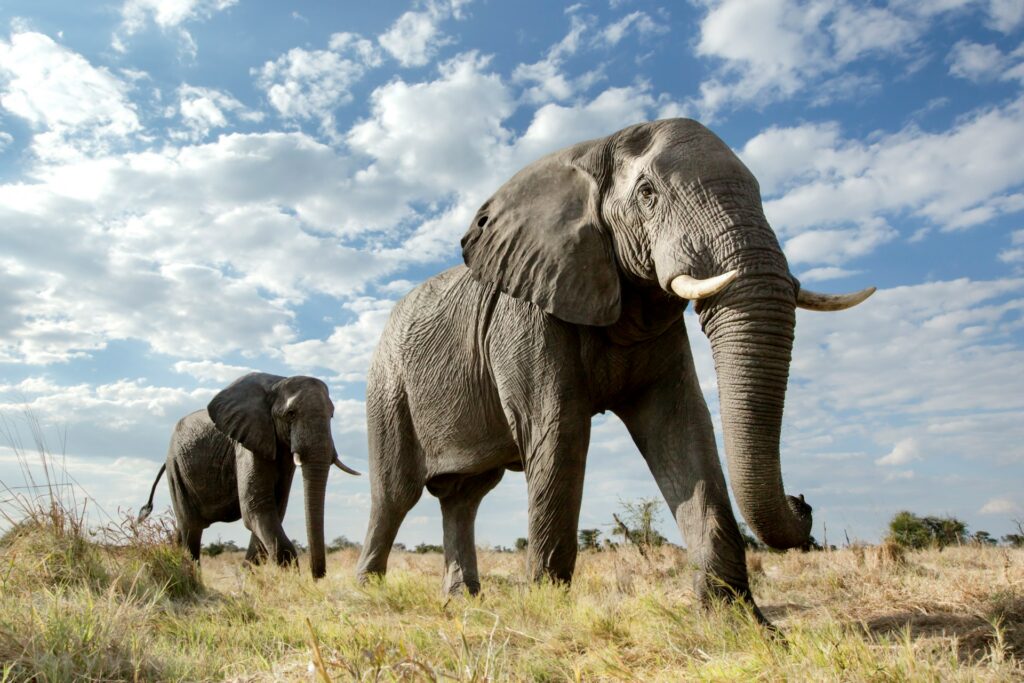
Head Torch & Flashlight
Safari camps deliberately keep lighting minimal to avoid disturbing wildlife and maintain that authentic bush atmosphere. A reliable head torch becomes invaluable for navigating to your tent after dinner, reading in the evening, or those inevitable middle-of-the-night loo trips.
Pack a small handheld torch as backup. Top tip: red-filtered light is preferred around camps because it’s less disruptive to nocturnal animals and helps preserve your night vision for stargazing.
Dust-Proof Storage
African dust is legendary – it infiltrates everything with an almost supernatural persistence. Pack your clothes in ziplock bags or packing cubes to keep them organised and relatively dust-free. Bring extra plastic bags for dirty laundry and dusty shoes.
A waterproof case for electronics and important documents is essential. Even without rain, dust and humidity can damage sensitive equipment, and replacing a passport in rural Africa is nobody’s idea of a good time.
Cultural Respect & Safari Etiquette
Beyond the physical kit, pack an understanding of local customs and wildlife etiquette. Research the cultural norms of the regions you’re visiting – modest dress is often important when visiting local communities, and understanding basic customs shows respect for the people whose homeland you’re exploring.
The Bottom Line
Packing for an African safari isn’t just about stuffing a suitcase with khaki clothes and hoping for the best. It’s about preparing thoughtfully for one of the world’s most incredible yet demanding environments. Get it right, and you’ll be free to focus on what really matters: those heart-stopping moments when a lioness locks eyes with you across the savanna, or when a herd of elephants surrounds your vehicle with the casual confidence of creatures who know they own this place.
The memories you’ll make, watching the sun rise over the Serengeti whilst lions stretch and yawn, listening to hyenas whoop in the darkness, witnessing the ancient dance of predator and prey, will last a lifetime. Just make sure you’re comfortable, protected, and prepared enough to truly enjoy every magnificent, dusty, unforgettable moment.

